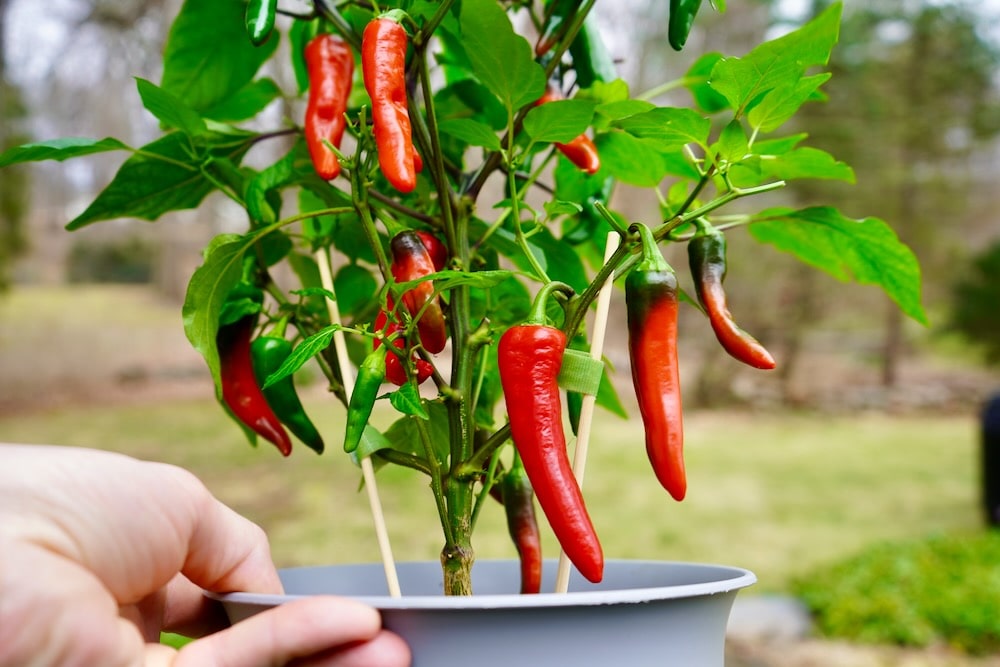Community gardens are green spaces cultivated by volunteers or organizations for the purpose of growing food (or flowers). Community gardens can be found in urban, suburban, and rural areas and may serve different purposes. These gardens may be established in or near schools, hospitals, or low-income communities. When they are properly cultivated, maintained, and harvested, they can be an important food source for people. It can also be a fun, experiential way to teach children about sustainability principles. Given that a community garden may be managed or maintained by volunteers or students who cannot devote too much of their time, it is important to choose low-maintenance crops. If the garden is used as a primary food source for people, it is also important to consider the nutritional value of the crops. This article will explore some important factors when starting a community garden.
Maintenance:
If it will not be possible for a garden to be consistently monitored, high-maintenance crops will not work. This includes plants that are highly sensitive to natural changes in soil structure, temperature changes or prone to pests. Crops that require extensive resources (like water and space) may not be a good idea in a community garden where these resources are limited.
High-maintenance plants:
Cauliflower, for example, is very sensitive to temperature and can easily be ruined by cabbage worms that are attracted to it. It is also sensitive to the type of soil it is grown in and can be affected by changes in the soil. Celery takes a long time to mature and requires a lot of water so might not be a good choice if the intention of your garden is low-maintenance year-round produce. Some fruits and vegetables, like melons, take up a lot of space to grow and are not ideal if you are trying to produce large volumes of food.
Lower-maintenance plants:
Some plants, such as cucumbers and tomatoes, need space to grow properly but can be grown on trellises to save usable space. These might be favored as they are easy to start growing from seedlings indoors and transplanted into a garden when ready. Peppers are another such crop and pepper seedlings can be easily started inside and transplanted later. Once their root systems have started to develop well, tomato and pepper seedlings can thrive in an outdoor garden with full days of direct sunlight. Carrots and new potato varieties are relatively easy vegetables to grow and contain important nutrients. This makes them good candidates for a community garden. Strawberries are easy fruits to cultivate and have a high yield. The same can be said for citrus trees once they are already established and fruit-bearing.
Pests:
Especially in cases that a community garden cannot be consistently monitored, it is important to consider crops that might be more attractive to pests or animals that can destroy them. Vegetables such as tomatoes, potatoes, eggplant and beets can be prone to pests that can render the plants inedible. If you do plant these crops, look into natural methods of pest control. Rhubarb, leeks, onions and garlic are naturally pest-resistant, so planting these crops in your garden might help to keep some pests out of your garden. Some aromatic plants like lavender, lemongrass and mint can help to repel unwanted pests in your garden – though their growing compatibility with your fruits and vegetables should be checked beforehand. For larger animals, be sure to enclose your garden with wooden or wire fencing.
Nutrition:
While it is important to consider the time it takes for plants to reach maturity and be harvested for food, it is also important to consider the purpose of your community garden. If the garden is used as an important food source, it is important that it provides necessary nutrients to those harvesting it. For example, squashes such as butternut and maincrop variety potatoes take a long time to mature but hold more nutritional value than radishes or salad leaves, which are quick to grow. Spinach and carrots are good choices for their high nutritional value and fast growing times. Consider whether planting some crops that will take longer to mature but provide more sustenance.





